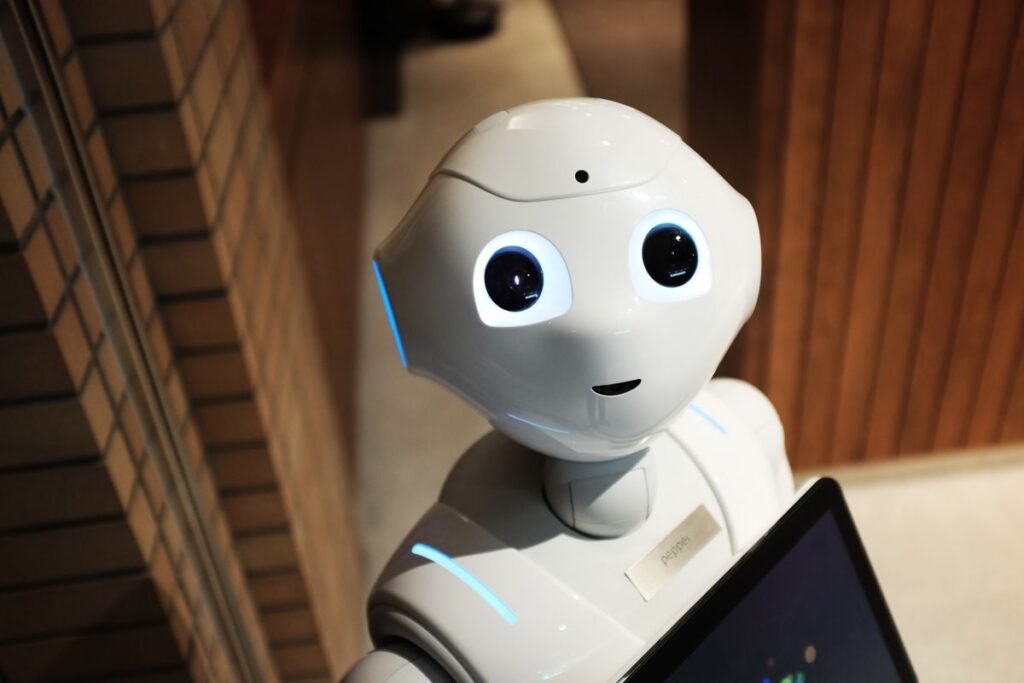If you use a computer or smartphone, it’s hard to imagine you haven’t heard the term Operating System (or OS). But what exactly is it? And why are there so many different types of operating systems? Today, we’ll explain the three most popular operating systems – Windows, macOS, and Linux – in simple terms, discuss which one might be best for different users, and particularly explore the importance of Linux in the world of servers.
Have you ever wondered how clicking a button on your computer starts playing music or lets you play a game? The main architect behind these actions is the operating system.
What Exactly is an Operating System (OS)?
Simply put, an operating system is special software that acts as a bridge between your computer or device’s hardware (like the processor, RAM, hard drive) and other software or applications. It manages the entire system and allows you, the user, to interact with the computer.
Let’s use a real-world analogy: Think of a restaurant. The manager (the OS) takes orders from customers (users), instructs the chefs (hardware) to prepare the food, has the waiters (software/apps) serve the food, and keeps the whole restaurant running smoothly. Just as a restaurant is chaotic and unusable without a manager, a computer is useless without an operating system.
Getting to Know the Main Players
While there are many operating systems out there, the three main contenders in the world of desktops and laptops are Windows, macOS, and Linux. Let’s get acquainted with them.
1. Windows
- Developer: Microsoft
- Characteristics:
- The most popular and widely used OS globally.
- Relatively user-friendly.
- Compatible with a vast range of software and hardware.
- Very popular for gaming.
- Use Cases: General home users, office work, businesses, gaming.
- Limitations: Comparatively higher risk of virus attacks, stability might be slightly less than macOS or Linux in some scenarios.
When to choose Windows? If your main goals are using a wide variety of software, playing games, and easily connecting most hardware, Windows could be a good choice for you.
2. macOS
- Developer: Apple
- Characteristics:
- Runs exclusively on Apple’s Mac computers (like MacBook, iMac).
- Features a sleek, smooth, and user-friendly interface.
- Very popular for creative tasks like graphic design, video editing, and music production.
- Known for security and stability (within the Apple ecosystem).
- Works seamlessly with other Apple devices (iPhone, iPad).
- Use Cases: Graphic designers, video editors, developers, and users invested in the Apple ecosystem.
- Limitations: Expensive, runs only on Apple hardware, lacks the broad software/hardware compatibility of Windows.
When to choose macOS? If you have a higher budget, work in creative fields, want a stable and secure environment, and use other Apple devices, macOS could be great for you.
3. Linux
- Developer: A vast global community (it’s open-source)
- Characteristics:
- Open Source: Its code is freely available for anyone to view, use, and modify. It’s completely free!
- Highly stable and secure.
- Extremely customizable. Users can tailor it to their specific needs.
- Comes in various “distributions” (or Distros) like Ubuntu, Fedora, Debian, Mint, etc., catering to different user preferences.
- Runs well even on older or less powerful computers.
- Use Cases: Servers (web, database, cloud), developers, programmers, network administrators, tech-savvy users, educational institutions.
- Limitations: Some specific software (like Microsoft Office or certain Adobe tools) might not run natively (though alternatives exist), can have a steeper learning curve for beginners.
When to choose Linux? If you enjoy tinkering with technology, are involved in programming or development, prioritize security and stability, or want to manage servers, Linux is likely the best choice. Being free also saves costs.
Linux: The King of the Server World
We browse websites, store data online, use apps – behind all these activities are powerful computers called servers. And the vast majority of these servers run on the Linux operating system. But why?
- Stability: Servers need to run 24/7 without issues. Linux excels at this. It rarely crashes and requires fewer reboots.
- Security: Servers hold valuable data. Linux’s architecture and permission system make it much more resistant to viruses and unauthorized access.
- Flexibility: Being open-source, developers can modify and customize it extensively. Unnecessary components can be removed to make it lighter and faster for specific server tasks.
- Cost: Linux is free. For organizations running thousands of servers, this saves a tremendous amount on licensing fees.
- Community Support: If problems arise or help is needed, a massive online Linux community provides support.
- Performance: It uses hardware resources (RAM, CPU) very efficiently, which is crucial for servers. Linux is highly effective at handling the website Request-Response cycle.
Web hosting, cloud computing (AWS, Google Cloud are heavily reliant on Linux), database management, supercomputers – Linux knowledge (Linux Introduction) is essential for almost all critical backend operations.
A Little Technical Insight
Every operating system has a core component called the Kernel. It directly communicates with the hardware. Above the kernel sits the Shell, which accepts user commands (the command-line interface or CLI is particularly powerful in Linux), and the Graphical User Interface (GUI), which is what we usually see (icons, menus, buttons, etc.). Linux gives users much greater control via the shell/command line, which is extremely useful for server administration.
Final Thoughts
So, which is the best Operating System? The answer is – it depends entirely on your needs and how you plan to use your computer.
- For general use, gaming, and maximum software compatibility, Windows is a solid choice.
- For creative work, a premium experience, and integration with the Apple ecosystem, macOS is excellent.
- For server management, development, customization, security, and a free option, Linux is unparalleled.
Hopefully, you now have a clearer understanding of the different types of operating systems, especially Windows, macOS, and a basic Linux Introduction. Choose the OS that best fits your requirements and enhance your computing experience!
Primary Keywords:
- Operating System
- Different types of Operating Systems
Secondary Keywords:
- Windows
- macOS
- Linux
- Linux Introduction
- Server Operating System




